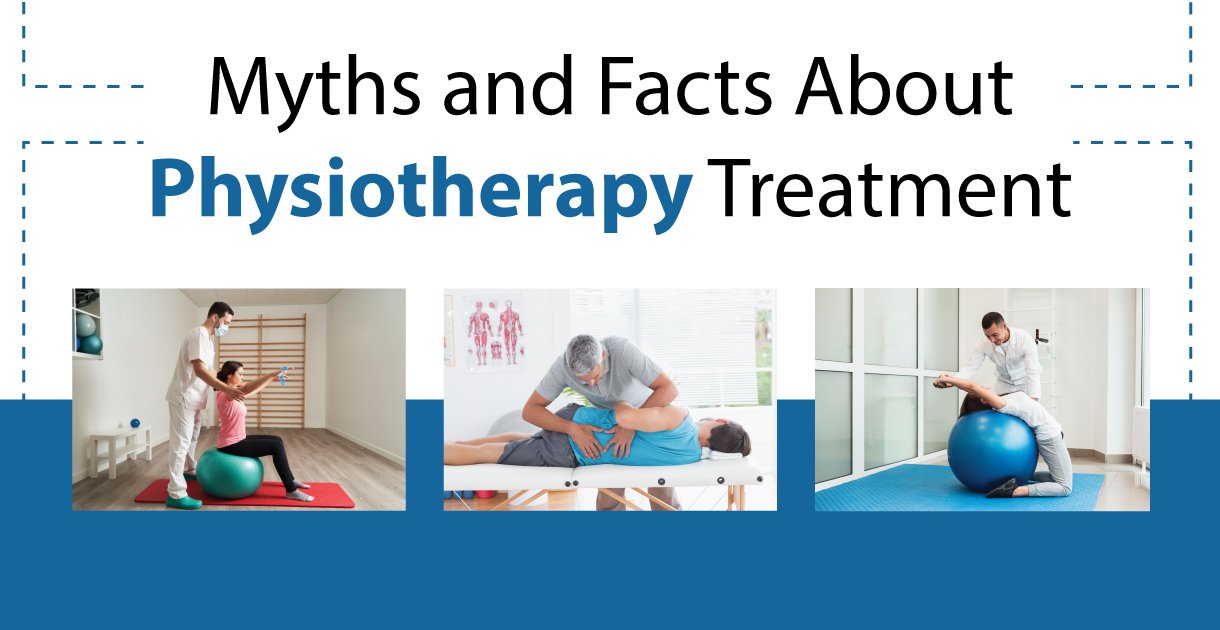Hip Pain Common Causes and Effective Physiotherapy Treatment
Hip pain is a common problem that can impact a person’s quality of life. Various factors, including injuries, overuse, arthritis, and other medical conditions, can cause it. Effective physiotherapy can help to alleviate hip pain and improve mobility, allowing individuals to return to their daily activities with greater ease and comfort. In this blog, we will explore the causes of hip pain and the various physiotherapy techniques that can be used to treat it.
We will discuss the importance of early intervention, proper diagnosis, and developing a personalized treatment plan. We will also provide tips on preventing hip pain and maintaining hip health. Whether you are an athlete dealing with a sports injury or an older adult experiencing hip pain due to aging or arthritis, this blog will provide you with valuable information and practical strategies for managing your hip pain and improving your overall quality of life.
More about Hip Pain
Hip pain is a common condition affecting people of all ages and lifestyles. Various factors, including injuries, overuse, medical conditions such as osteoarthritis or rheumatoid arthritis, and structural issues such as hip dysplasia, can cause it. Below mentioned are the most common symptoms of hip pain:
- Pain in the hip joint
- Difficulty moving the hip joint
- Stiffness and decreased range of motion
- Hip enlargement or discomfort
- Clicking or popping sensations in the hip joint
Hip pain can significantly impact a person’s quality of life, making it difficult to perform daily activities such as walking, standing, and sitting for extended periods. In some cases, it can also lead to disability. Early intervention and proper diagnosis are crucial when managing hip pain. A thorough evaluation by a healthcare professional, such as a physiotherapist, can help determine the underlying cause of the pain and develop a personalized treatment plan. Physiotherapists use various techniques to alleviate pain, improve mobility, and promote healing. These may include manual therapy, exercise therapy, electrotherapy, and proper posture and movement patterns education. Surgery may sometimes be necessary to address the underlying cause of hip pain. However, physiotherapy can often be an effective alternative or complementary treatment option to help individuals manage their pain and improve their quality of life.
Causes of Hip Pain
Below mentioned are the causes of hip pain:
- Injuries: Hip pain can be caused by traumatic injuries such as falls, fractures, dislocations, and muscle strains or tears
- Overuse: Repetitive activities or overuse can cause inflammation and pain in the hip joint. It is common in athletes or people who engage in activities that require repetitive hip movements, such as running, dancing, or cycling
- Medical conditions: Several conditions can cause hip pain, including osteoarthritis, rheumatoid arthritis, bursitis, tendinitis, and synovitis
- Structural issues: Structural issues in the hip joint, such as hip dysplasia, impingement, and labral tears, can cause hip pain
- Infection: In rare cases, hip pain can be caused by an infection in the hip joint
- Nerve-related issues: Nerve-related issues, such as sciatica or piriformis syndrome, can cause pain in the hip area
- Cancer: Although rare, hip pain can also be caused by cancer that has spread to the hip joint
See a healthcare professional, such as a physiotherapist or physician, if you are experiencing hip pain. They can help determine the underlying cause of the pain and develop a personalized treatment plan to help alleviate your symptoms.
Hip Pain Treatment
Hip pain treatment can vary depending on the underlying cause of the pain. Here are some common treatment options:
- Physiotherapy: Physiotherapy is often a first-line treatment for hip pain. It may involve manual exercise and electrotherapy to reduce pain and inflammation, improve joint mobility and muscle strength, and restore function. Physiotherapists may also educate patients on proper posture and movement patterns to reduce strain on the hip joint
- Medications: Over-the-counter pain medications, such as acetaminophen or nonsteroidal anti-inflammatory drugs (NSAIDs), can manage mild to moderate hip pain. Sometimes, prescription medications, such as corticosteroids or disease-modifying antirheumatic drugs (DMARDs), may be necessary to treat underlying medical conditions
- Injections: Injections of corticosteroids or hyaluronic acid into the hip joint can help reduce pain and inflammation and improve joint mobility
- Surgery: In cases where conservative treatments are ineffective, surgery may be necessary to address the underlying cause of hip pain. Surgery options may include arthroscopy, osteotomy, or joint replacement surgery
- Lifestyle modifications: Making lifestyle modifications can also help manage hip pain. It may include maintaining a healthy weight, avoiding activities that exacerbate the pain, using assistive devices such as canes or walkers, and engaging in low-impact exercises such as swimming or cycling
Working with a healthcare professional like a physiotherapist or physician is vital to determine the best treatment approach for your hip pain. They can help develop a personalized treatment plan that addresses your needs and goals.
Hip Pain Physiotherapy Treatment
Hip discomfort can be effectively treated with physiotherapy. Here are some common physiotherapy treatments for hip pain:
- Manual therapy: This involves hands-on techniques such as massage, joint mobilization, and stretching to reduce pain, improve joint mobility, and increase muscle flexibility
- Exercise therapy: This involves specific exercises to strengthen the muscles around the hip joint and improve joint mobility. Strengthening exercises may include squats, lunges, leg presses, and hip extensions. Flexibility exercises may include stretching the hip flexors, hamstrings, and gluteal muscles
- Electrotherapy: Electrotherapy modalities such as ultrasound, TENS (transcutaneous electrical nerve stimulation), and IFT (interferential therapy) can reduce pain and inflammation and promote tissue healing
- Education: Physiotherapists may educate patients on proper posture and movement patterns to reduce strain on the hip joint. They may also guide you on using assistive devices such as canes or walkers
- Home exercise program: A home exercise program can help patients maintain their progress outside of physiotherapy sessions. Physiotherapists may provide patients with specific exercises to do at home to continue their progress
With proper treatment, many people can effectively manage their hip pain and improve their quality of life. It’s important to work with a physiotherapist like Dr. Niraj Patel to develop a personalized treatment plan for your hip pain. They can assess your needs and develop a treatment plan for your goals.
Call to Action
Hip pain can be a debilitating condition that affects your quality of life, but with the help of effective physiotherapy, you can manage your symptoms and improve your overall function. If you are experiencing hip pain, seeking help from a qualified healthcare professional, such as a physiotherapist like Dr. Niraj Patel, who can assess your condition and develop a personalized treatment plan to meet your needs is important. Effective physiotherapy treatment for hip pain may include manual therapy, exercise therapy, electrotherapy, education, and a home exercise program. Dr. Niraj Patel can help you identify the underlying cause of your hip pain and develop a comprehensive treatment plan to help you manage your symptoms and improve your function.




